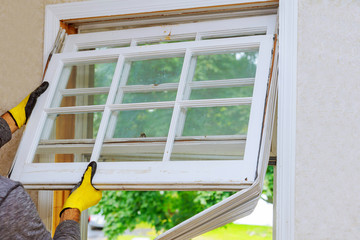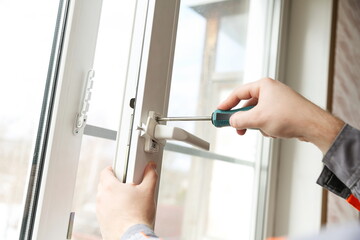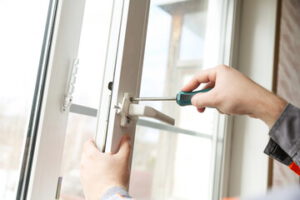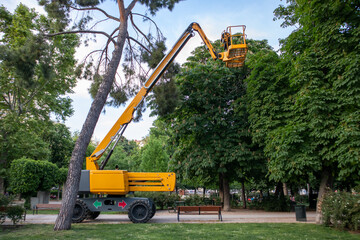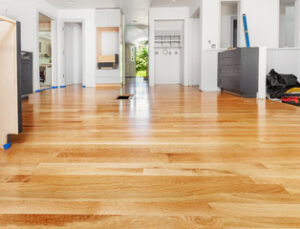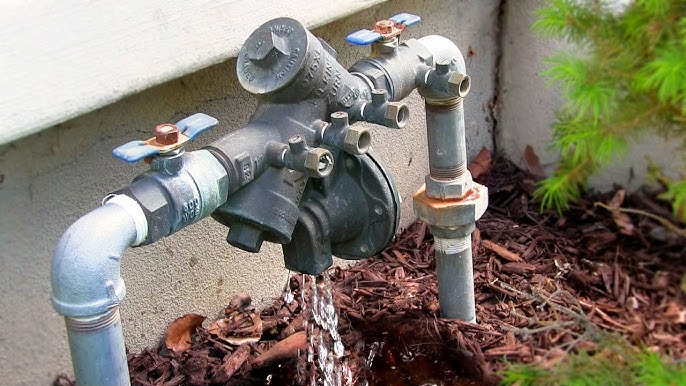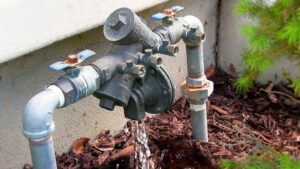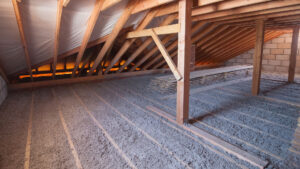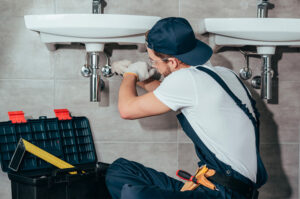You must first take several measurements for your new replacement windows to fit correctly. Take three horizontal measures across the frame, in the top, middle, and bottom, jotting down the smallest size.
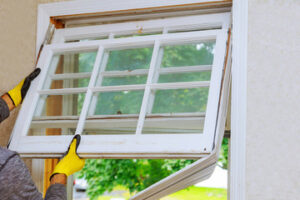
Next, measure the height and width of the opening. Ensure the old window opening is square (meaning all corners meet at 90 degrees). This will help ensure the replacement windows fit perfectly.
When it comes to elevating the beauty of your home, few remodeling projects are as impactful as new replacement windows. These stunning fixtures not only maximize natural light and provide improved ventilation, but they also add style and character to living spaces. With the vast array of window styles, finishes, and upgrades available, homeowners can craft a beautiful and distinctive appearance that reflects their individual tastes.
Many homeowners struggle to find the right balance between aesthetic enhancements and resale value optimization, but replacement windows offer a truly dynamic solution that straddles this line. These transforming fixtures are ideal for elevating both your home’s ambiance and market value with their contemporary designs, energy-efficient properties, and attractive functionality.
Stylish new windows can make your living space feel brighter and more spacious, which is an appealing attribute to potential buyers. In addition, they can minimize the need for artificial lighting during the day, which is good for your mood and health. Incorporating replacement windows with larger glass panes and narrower frame designs allows more natural light to filter into rooms, creating a welcoming and cheerful atmosphere.
Modern replacement windows can also help protect your furnishings from fading, as they typically include features that block harmful ultraviolet rays. These features are especially helpful for homes that contain organic fabrics and materials, such as wood furniture or rugs.
The insulated triple-pane construction of modern replacement windows provides enhanced thermal efficiency. The three layers of glass with gas-filled spaces in between reduce heat transfer and air infiltration, which contributes to lower heating and cooling costs. They can also minimize the transfer of sound between rooms and improve overall comfort. Additionally, Low-emissivity (Low-E) coatings on window glass reflect infrared and ultraviolet rays, which helps to maintain room temperatures and protect furnishings from damage and fading.
Better Energy Efficiency
While many people think of replacement windows as a way to improve aesthetics, they also provide an opportunity for better home energy efficiency. The primary source of energy loss in a house is through the windows, and newer technology has helped minimize this issue. This helps keep the heat in during chilly winters and the cool air out during scorching summers, significantly lowering your utility bills and helping you save on heating and cooling costs.
Additionally, these energy efficient windows have innate soundproofing capabilities. They help keep exterior noises from infiltrating your home, making your residence quieter and more relaxing. This can be especially beneficial if your neighborhood is busy with roadway traffic and sirens.
To maximize the benefits of replacement windows, be sure to select the right frame material. All modern window frames have insulating properties, but some materials have a higher degree of effectiveness than others. Fiberglass is one of the most efficient frame options, as it is durable and provides excellent insulation, even in extremely hot or cold temperatures.
Another important consideration when considering replacement windows is the installation method. While pocket replacement windows do not require a nail fin and can be installed with ease, they offer less design flexibility than other installation methods. They are best suited for homes with existing frames and trim that have been adequately cared for.
Another option is to install a flush flange replacement window, which can be secured directly into the brick and mortar of a stucco façade or in the vinyl lining of a brick or wood window frame. This style of replacement window is ideal for preserving the original frame, trim, and siding of a century-old home that exudes a particular architectural style.
Quieter Home
When old windows let in air, they also allow in all that loud, distracting noise from traffic, neighbors mowing their lawn, and barking dogs. New replacement windows are designed to minimize outside noise, providing a peaceful and relaxing home environment where you can kick back and relax.
Many factors contribute to the amount of outside noise that penetrates into a home, including the type and quality of the windows, as well as other components such as doors and walls. New windows offer superior insulation, helping to reduce outside noise by keeping cooled air inside and hot air out. This helps to create a comfortable indoor temperature year-round without putting excessive strain on your heating and cooling system.
In addition, insulated frames help to reduce outside noises by preventing sound from traveling through the frame and into your home. Some windows are even designed with lamination, a plastic-like layer that absorbs sound waves to keep your home quieter.
In addition to lowering outside noises, replacement windows are also designed with a number of convenient features to make your life easier. Some include between-the-glass blinds that reduce the need for dusting, as well as sashes that tilt in for easy cleaning. These and other features help to save you time so you can spend more of your free time enjoying your home.
Increased Home Value
There are a few home improvements that can significantly increase your property’s value. One of these is replacement windows. Whether you’re looking to upgrade your window type, style or design, or your energy efficiency, premium windows increase home value and are a worthy investment.
Aside from being functional and stylish, newer windows offer many benefits that may help you sell your home in the future. As you know, the exterior of your home is the first thing that potential buyers see and it can make a big impression on them. New windows offer a clean and updated look that will boost your curb appeal and attract buyers.
Unlike kitchen or bathroom renovations, which can be costly and require a lot of time and effort, replacement windows are an affordable way to add value to your home. Plus, they don’t require extensive construction work and can be completed in a short period of time.
In addition to aesthetics and energy efficiency, new windows also offer added security features, which can be a great selling point for your home in the future. As more homeowners are concerned about safety and security, the demand for homes with upgraded windows will continue to grow. Adding these upgrades to your home will make it more attractive to potential buyers and may even help you sell your house faster and at a higher price. If you’re interested in upgrading your windows, contact your local window and door dealer to learn about the different options available for your home. You can find dealers by zip code using our dealer locator tool.
Increased Comfort
If you find yourself shivering in your home during the winter or are dealing with the loud, obnoxious sounds of traffic and barking dogs outside your windows, it’s time to get new replacement windows. Investing in energy efficient, noise-blocking windows improves your home’s comfort, boosts its value and reduces maintenance and energy costs.
New replacement windows seal tightly and prevent drafts, eliminating hot or cold spots in your house and keeping climate-controlled air where it belongs — in your living spaces. The argon gas between the panes of double and triple-pane windows further decreases heat transfer and helps you save on energy bills.
Older windows often require caulking to keep the weather from invading, but that can dry out and crack over time, rendering it minimally effective. New replacement windows are designed to be more durable and long-lasting than older window styles. They also feature easy-to-open mechanisms so you can let in fresh air and the sunshine without worrying about getting stuck or squeaky hinges.
The right replacement windows add architectural interest to your home and complement multiple home architecture styles. Bay and bow windows create exterior focal points, while casement and awning windows deliver breathtaking views and fresh breezes. Picture windows provide plenty of natural light and beautiful landscapes, while garden windows offer an ideal place to grow herbs and other plants. No matter what type of windows you choose, new replacement windows will enhance your home’s aesthetics and increase its value. Choose from a wide range of frame materials, hardware styles and glass elements to perfectly match your home style. Contact a local window expert to discover your options and start making plans to upgrade your home this spring!

